Yet, as with many of Russias bold plans and ambitions, reality had a way of interfering.
Russias invasion of Ukraine apparently derailed those efforts.
The Russian military likely expected a quick victory rather than a prolonged war.
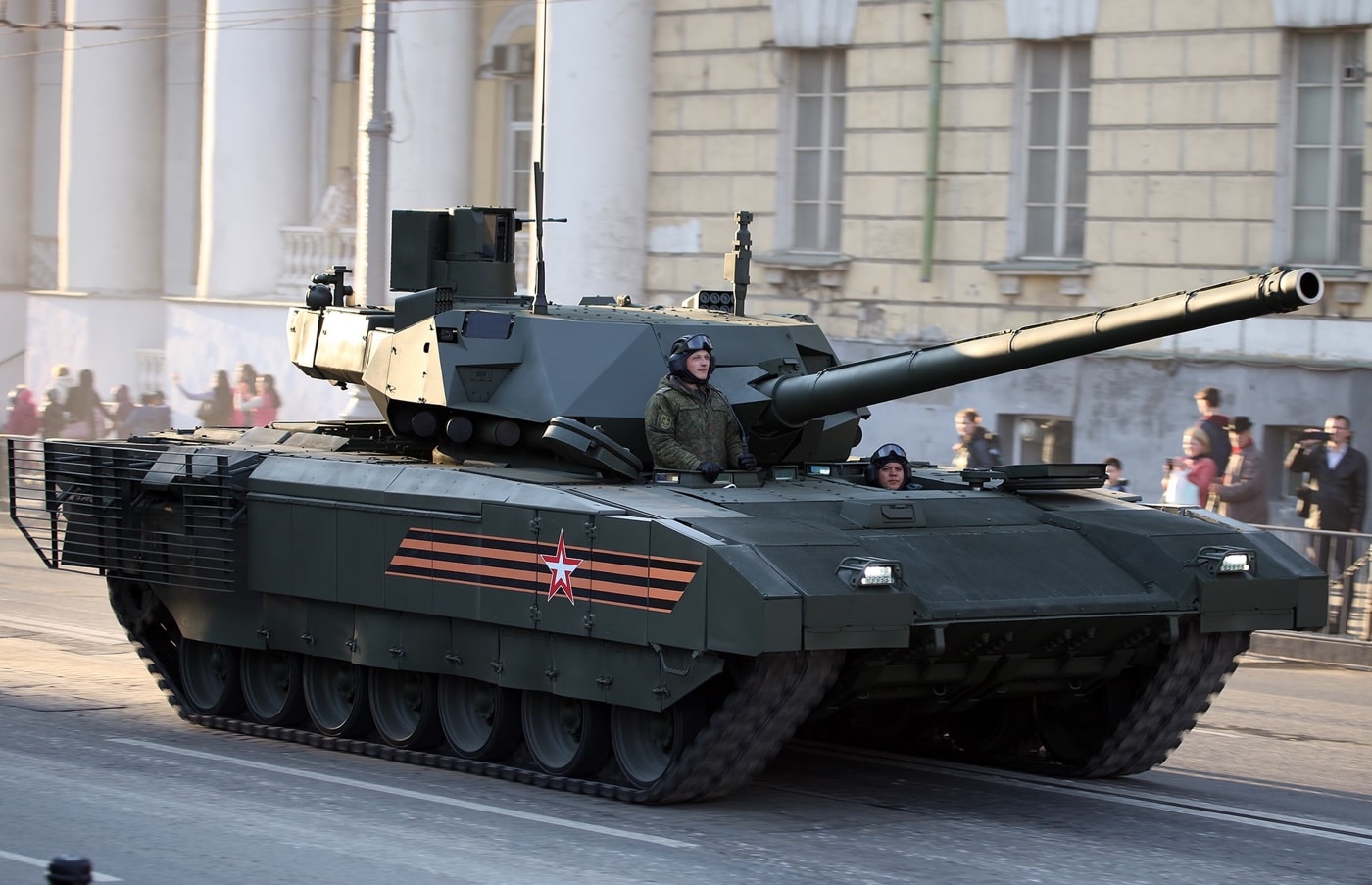
The T-14 Armata main battle tank was supposed to be a game changer. However, few have been delivered and it has had little impact on Russia’s invasion of Ukraine. Image:Vitaly V. Kuzmin/CC BY-SA 4.0 DEED
Just eight were reportedly spotted at the 2022 Victory Day Parade in Moscow.
Another factor is the shortage of facilities to produce such an ambitious platform.
Currently, the Russian Federation maintains just two tank factories: Uralvagonzavod and Omsktransmash in Omsk Oblast.
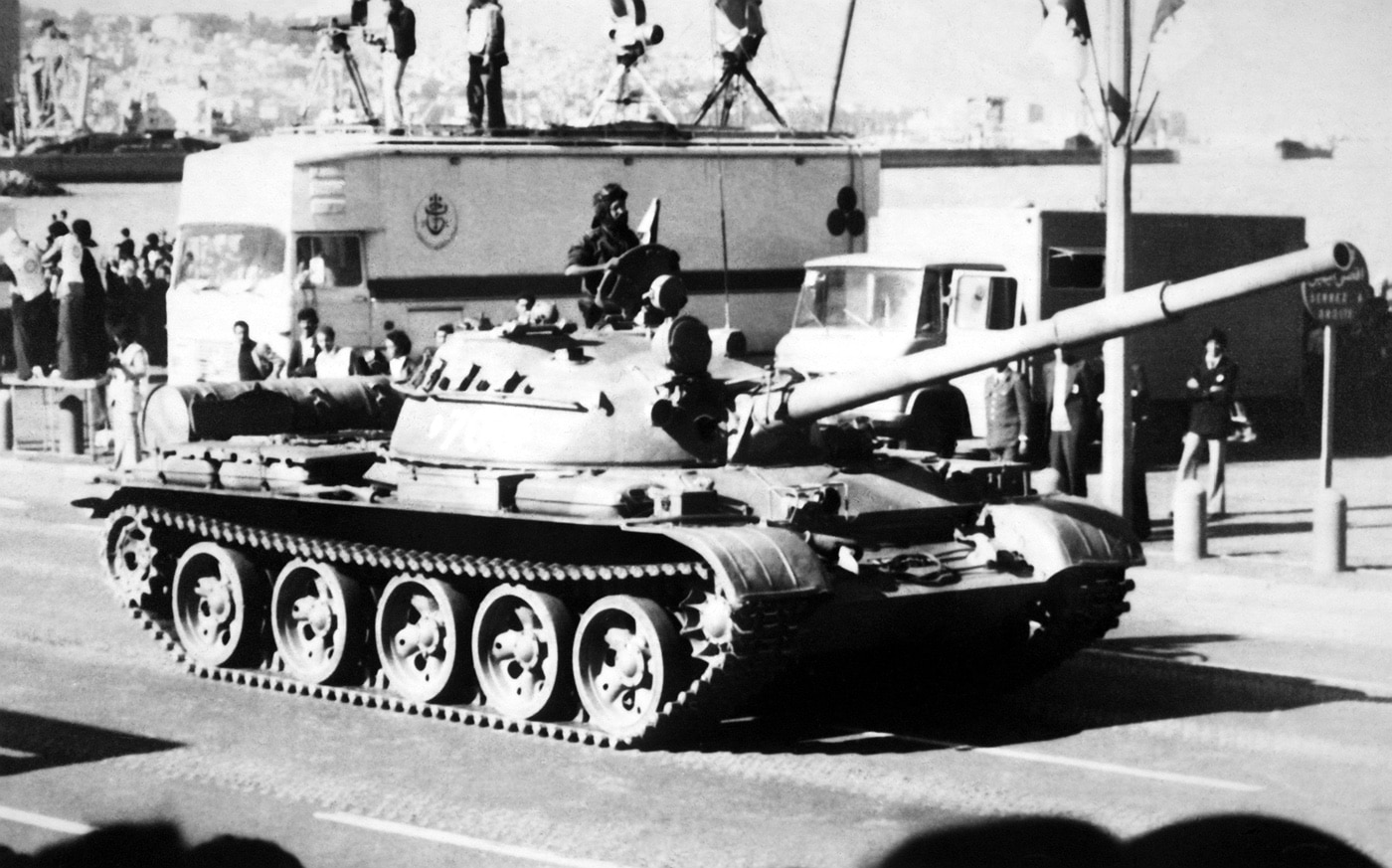
The T-62 tank was a good tank for its time — but it is more than six decades old at this point. Russian stockpiles are so stretched that these have been sent back into service in Ukraine. Image: NARA
[For additional reading, check out Peter Sucius article on theT-80 tank.]
The two factories are running at near capacity.
The Kremlin is now more focused on refurbishing its older tanks.
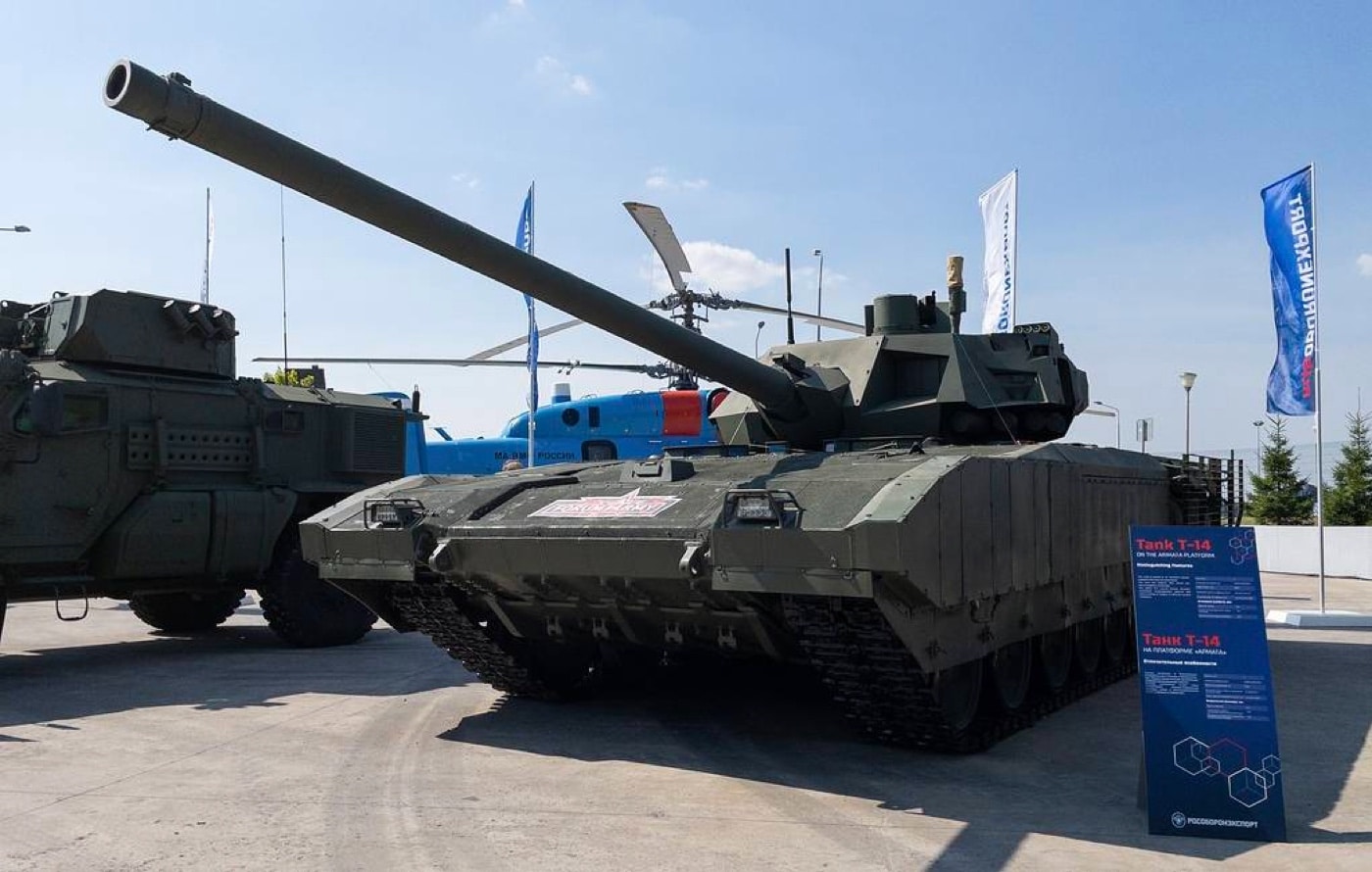
The Russian T-14 Armata tank is very modern with many advanced features. Yet, Russia’s military has been unable to gain any apparent advantage with them. Image: Russian Ministry of Defense / TASS
Simply put, there is neither the manpower nor the money to produce T-14s.
And as noted, there are no parts available either.
Of course, that could be just part of the story.
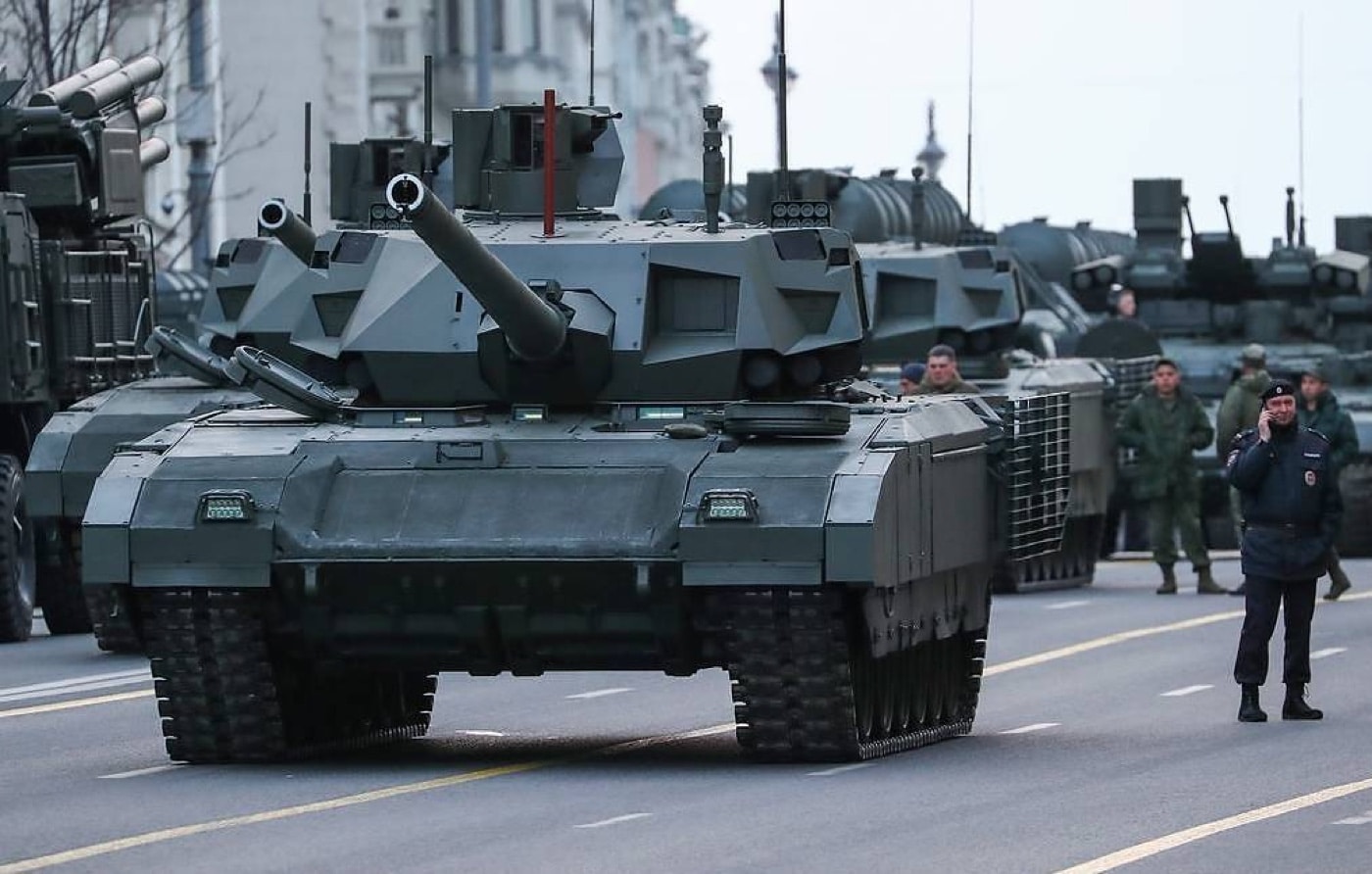
To date, only eight of Russia’s T-14 Armata tanks have been seen in parades. It is not known exactly how many have entered service. Image: Russian Ministry of Defense/TASS
The first was in the advance on the Ukrainian capital of Kyiv last spring.
Instead, they were met with Western-made man-portable anti-tank missiles.
The 1st GTA took heavy losses and was forced to pull back.
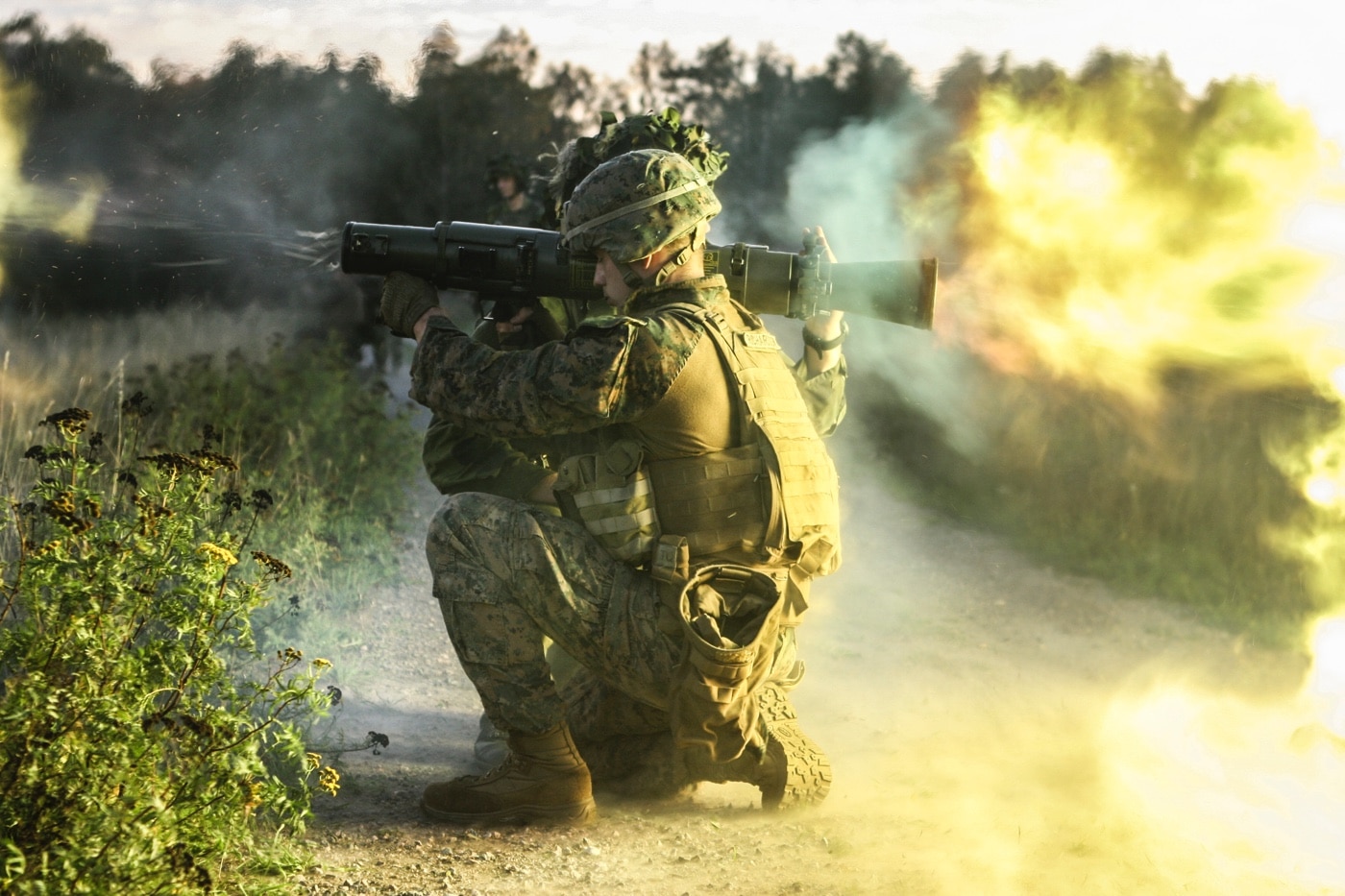
U.S. and Swedish Marines train with theCarl Gustaf M4 anti-tank recoilless rifle. It has been quite successful in destroying Russian tanks in Ukraine. Image: Sgt. Victor A. Mancilla/U.S. Marine Corps
It then suffered a similar fate in Kharkiv six months later.
Though it is a massive nation in size, it has long been dwarfed by Western industry.
Corruption has also appeared to only increase in the past few decades.
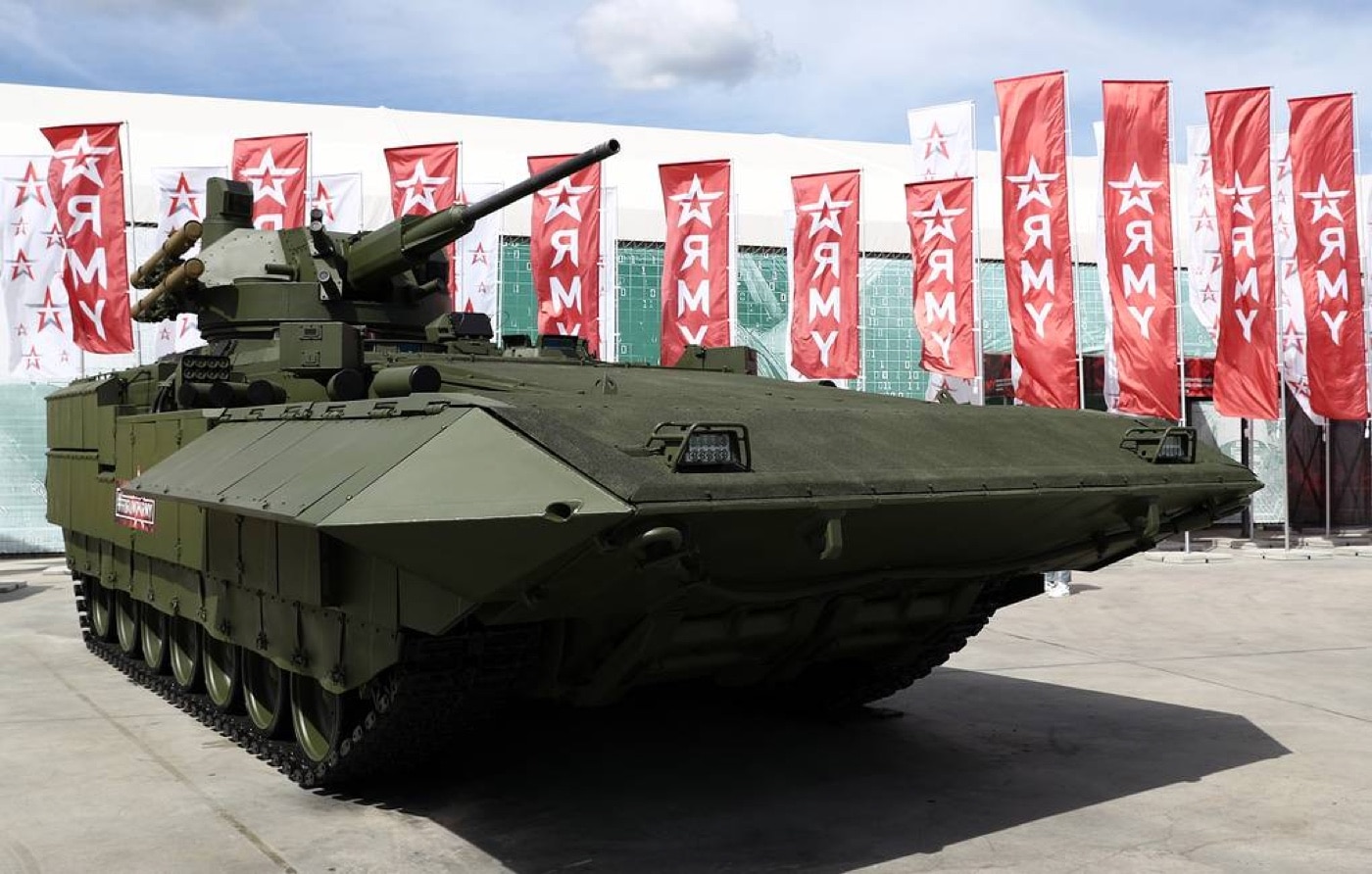
Also known as Object 149, the T-15 Armata is a “heavy” infantry fighting vehicle that uses a variation of the T-14 tank hull. Image: Russian Ministry of Defense/TASS
Throughout the 1990s, cash-strapped Russia had a number of starts and stops to develop a new tank.
Ambitious doesnt begin to describe the family of vehicles that the Kremlin hoped to see developed.
In theory, it would be a solid idea.

After years in development, the T-14 deployed briefly to Ukraine during 2023. TASS news agency reported the tanks were withdrawn shortly after deployment. Image:Vitaly V. Kuzmin/CC BY-SA 4.0 DEED
For Russia, it was a Sisyphean task.
When it finally was able to start rolling again, loudspeakers announced that the stop was planned.
We have demonstrated how the evacuation of military hardware [during battle] will be conducted.
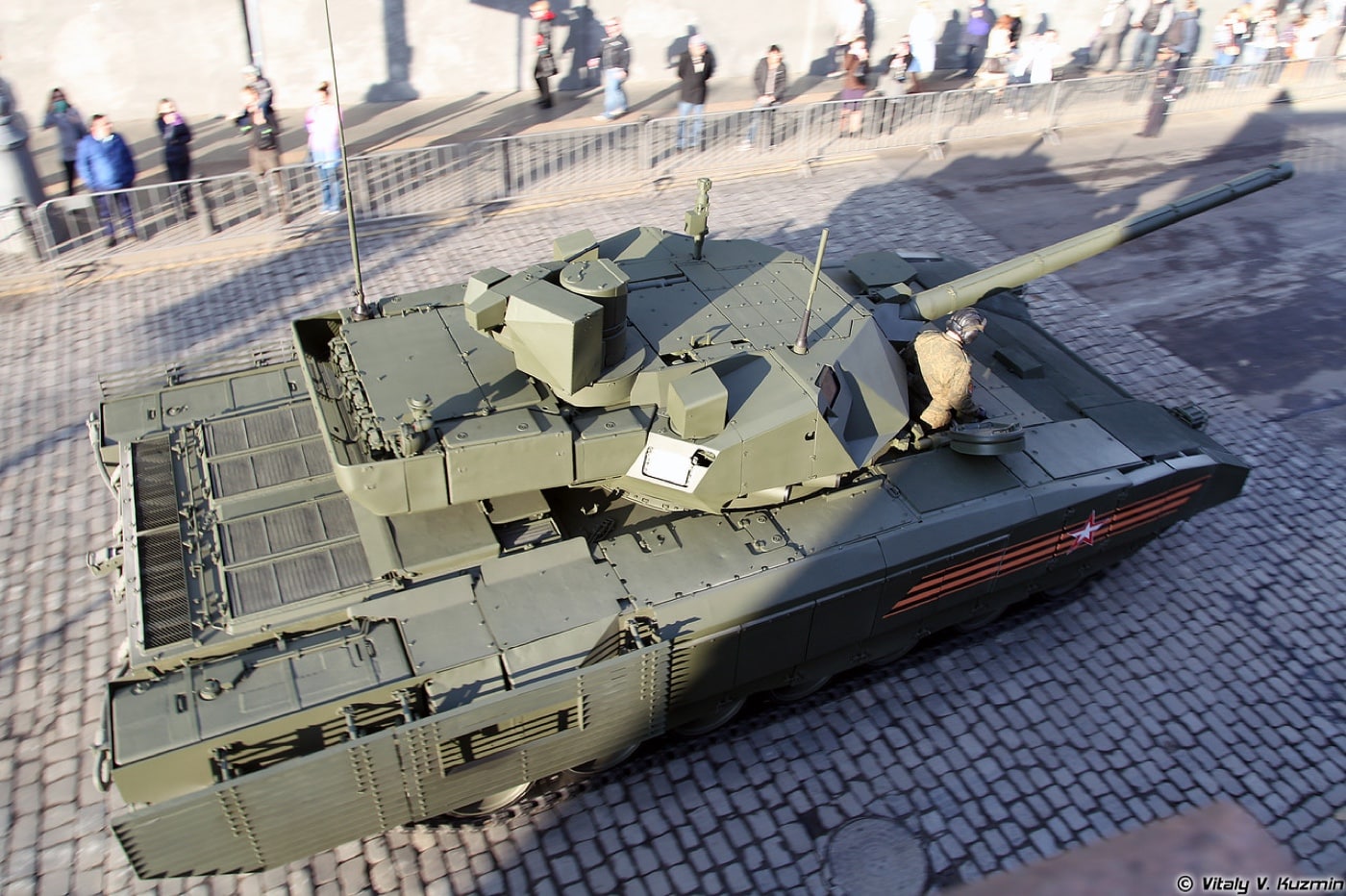
To date, the T-14 has been largely a non-factor in military action. However, development continues on the tank. In the future, it may be more influential. Image:Vitaly V. Kuzmin/CC BY-SA 4.0 DEED
The tanks stop was planned, the parades announcer told curious spectators.
It may sound like a joke now, but certainly, no one at the Kremlin was laughing.
Perhaps it wasnt such a clean slate after all!
[Read more about theSoviet-era T-72 tank.]
The gunners sight is fitted with a direct-vision periscope and laser designator.
Moreover, even the most advanced revolutionary features are still only good if you might afford them.
That could explain why Moscow has appeared to lose some confidence in the Armata program.
One of the Armata MBTs was reportedly destroyed.
Instead, its supposedly best tank unit is getting the T-62.
That certainly says a lot about the T-14 Armata.




